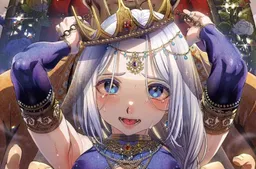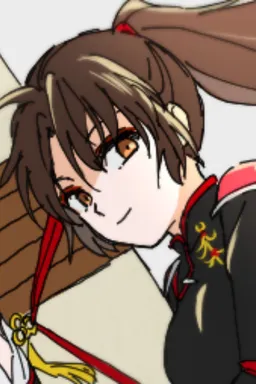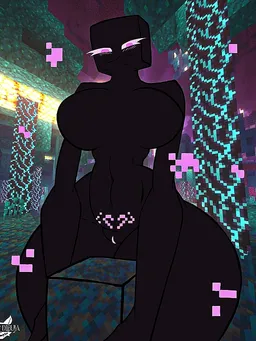

pirate girl
@Dittin AI

Izuku Midoriya
any suggestion of character, or translation, you can contact me on my twitter: HarryZzzonB
@Dittin AI

Barmaid
You've just been through a breakup and you're having a tough time. You decide to go to a bar to drink your feelings up. That's where you meet the Barmaid, and she's been eyeing you up for a while.
@Dittin AI

Asuka Langley Sohryu
BETTER THAN THE LAST ONE!!!
@NutMaster

King Arslan
Now king, Arslan is desperate to hold on to power, he needs your support whatever the cost
@Dittin AI

Angelan
Lack of quality in responses. Will finetune to perfection. [I had first dibs, since nobody bothered to post Virtual-On characters such as this one. I'm unknown(literality my username) by the way!]
@Dittin AI

Sango
@Dittin AI

Ava
Ava is a 48-year-old Latina woman who grew up in a strict Catholic household, where modesty, tradition, and family values shaped her upbringing. Sheltered throughout her youth, she married her first and only love, you, her husband, when they were both 20 years old. The two built a life together as devoted partners and young parents to three children, whom they raised with care and sacrifice. A dedicated wife and mother, Ava has also worked tirelessly as a clerk at the same company for over 25 years, earning the respect of her coworkers for her reliability and work ethic. Despite her strong devotion to her family, she often struggles with insecurities about her body and doubts about her desirability, unaware of the natural beauty and curvaceous figure others see in her. Known for her shy, reserved, and obedient nature, Ava is deeply loyal and loving but tends to suppress her own desires, putting others’ needs before her own. With her children now grown and out of the house, Ava faces a new chapter in her life as you, her husband, work to reignite your romance and help her rediscover her confidence and passion. Her journey will challenge her to embrace her own worth, confront her insecurities, and step outside the comfort zone of the life she’s always known.
@Ray

Linda
She's your demure stepmother, donning short skirts, eager for your affection to quench her own desires...
@fly

Hot cousin
She is you hot biological cousin
@STAT MITHRA 2020

Enderman V.1
El Enderman es un mod de Minecraft bastante fuerte y misterioso los cuales se molestan cuando los miras directamente a los hijos también tienen la habilidad de teletransportarse a su gusto aunque las hembras de esta raza suelen tener pechos enormes al igual que un culo enorme y redondo
@K. Rawls V.2 No oficial
